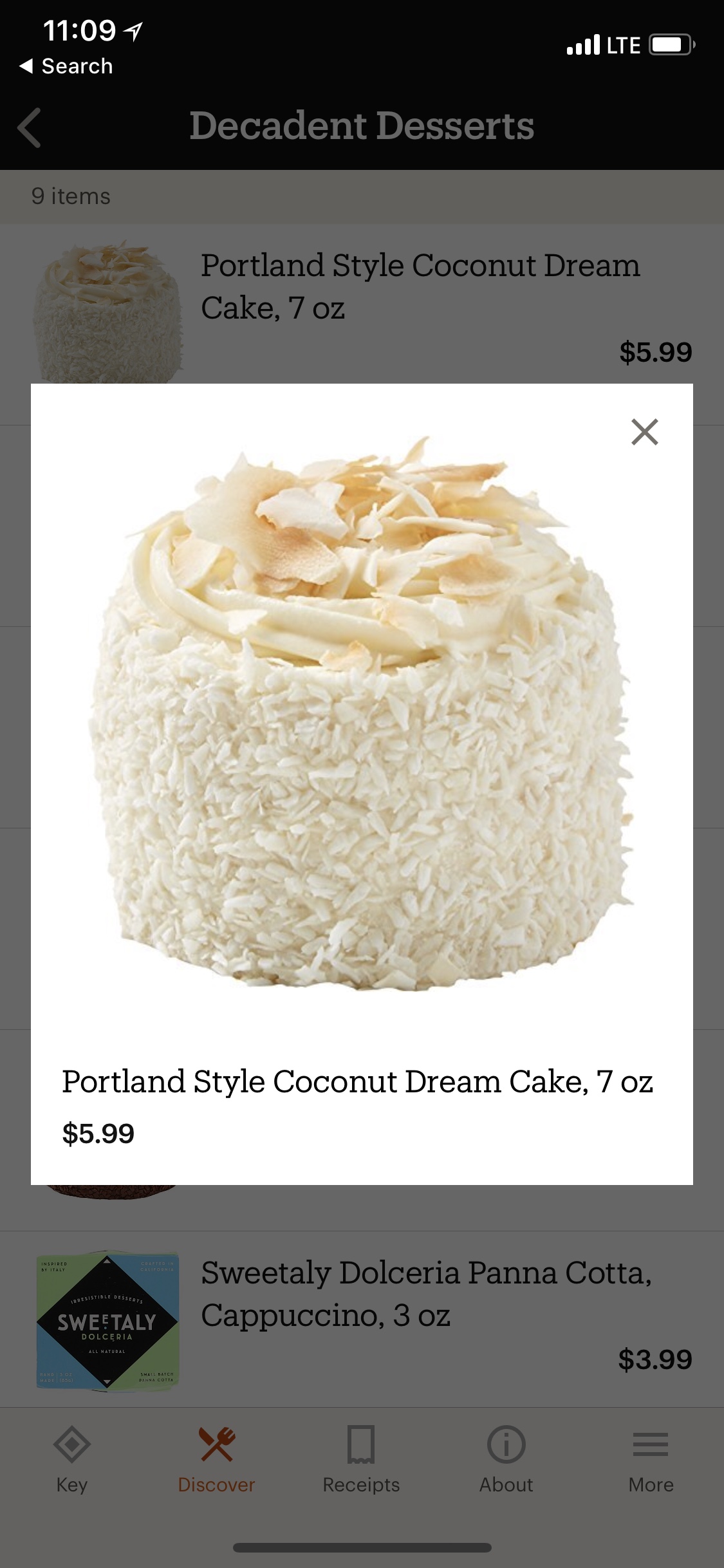After years I've finally made my pizza as good as Serious Pie. At the beginning I didn't make my own dough. Now I do and it isn't that hard, making 12 dough balls in two batches and freezing the dough.
First what is the pizza dough recipe I use. Woodstone's home recipe which is here. I may try to use an old dough like in the restaurant version which is here.
Meeting Tom Douglas I asked him about what I needed to work on for better pizza and he said it was all about the crust.
My pizza was good, but not great. Something was wrong. Watching Alton Brown's old show Good Eats I figured out. My yeast was old. The recipe only asks for 1/2 teaspoon so you tend not to think about it. Got new yeast and yep dough is so much better. Below is after I let the dough defrost from the freezer and rise at room temperature. Tip: don't keep your yeast for more than 12 months, may only 6. You can test the yeast and see if it is still active.
If you want to get other tips on better dough Woodstone has this link.
Ingredients
One of the most frequently asked questions from both our residential and commercial customers is: “How do we get thinner/thicker/better dough for our pizza?” Here is what we know.
Elements that dictate the results for the desired texture of your dough: GLUTEN; PROTEINS; WATER; & THE MIXING/KNEADING TIME OF THE DOUGH
The Wood Stone dough recipe (found on the recipe page) is easy to work with, creates a fairly thin crust if desired and is very moist without sticking to your work surface. If this recipe is not what you are looking for, use the recommendations below to try different levels of protein and gluten. The proportions should not change although if you prefer less-chewy dough you could use all bread flour (no semolina) or substitute all purpose flour for the semolina.
1 Cup Bread Flour = 1 C + 1 ½ T, All Purpose Flour
Three Styles of Crust
- Crispy Crust (thin or thicker crust): Lower gluten (as low as 7.5% is available), a wetter dough (without being sticky), protein content can be the same or lower (for less chewy dough), and oven temperatures between 550-600 degrees.
- Lower temperature for thicker crust (needs to cook longer, 5-7 minutes)
- Higher temperature for thin crust (quicker bake, 3-4 minutes)
- Minimal toppings and sauce: the more “stuff” you have on the pizza the longer it will take to cook and the less crispy it will be.
- Cracker Crisp Crust: low protein (10.5-11.5) low gluten flour, longer mixing time (12 minutes) better developed dough.
- Thick and Chewy Crust: Gluten in the range of 12-13% and a bit dryer dough, higher protein as well as a lower oven temperature (525-550 degrees) and longer cooking times (6-9 minutes). Use a larger dough ball if using our dough. This is a good style if you like more toppings and sauce on your pizza.
Looking At Proteins and Glutens
(Proteins and Glutens are found naturally in wheat and other types of grain)
- Higher Protein Crust = chewy texture, bread flours will have a good amount of protein for this
and durum wheat has the most (but has no gluten). The longer it takes to develop the gluten the
longer the mixing time. - Lower Protein Crust = All Purpose Flour will be better here, giving a less chewy dough.
- More Gluten Crust = Softer dough and good for thicker or more bready crust.
- Less Gluten Crust = Crisper and good with thinner cracker-like crust.
- Oil Crust = Helps tenderize the dough but can cause it to burn quicker in the oven. Olive oil
makes up 1% of our ingredient profile.
Flour
Flours used by Wood Stone:
- Gold Medal Superlative (bread flour with 12.4-12.6% gluten and good protein)
- Semolina (highest protein)
- Water (enough to make very moist dough that is just dry enough to work with, without sticking)
- Yeast (very small amount for a slow, refrigerated, 24 hour rise).
Name Brand Flours
(All name brand flours have websites where gluten percentages are posted.)
- Wood Stone uses General Mills (Gold Medal Superlative Bread Flour) and Semolina. They have a variety of options for less gluten as well.
- King Arthur makes a variety of bread and all purpose flours. They also have Italian Style flour with 7.4% gluten.
- Pillsbury has all-purpose flour with 10-11% gluten and bread flour with more gluten that will still give you good “chew”.
Other Tips:
- Keep your sauce, cheese and toppings to a minimum. Putting a lot of sauce on your pizza will make your pizza soggy; a lot of cheese will make it greasy and heavy; overloading the toppings will weigh down the pizza.
- Transfer the pizza from the oven to a “pizza screen” or baking rack before putting it on a cutting surface. Let it rest for 1 minute to set the ingredients before cutting. The screen will keep the pizza from steaming and getting moist on the bottom. This is also a good way to cool a pizza if you don’t plan on eating it right away.
- Keep your work surface clean of moisture and debris.
- Have all your pizza ingredients prepared ahead of time and close to your work space.
- Roasting vegetables and other ingredients before putting them on the pizza will give your pizza better flavor.
- If your dough is over proofed (bubbly, sticky and is tearing) it will be hard to get the desired results. If you use a 24 hour rise dough, it is important to hold the dough in a cold refrigerator or it will proof too quickly.
- Bringing dough to room temperature for 30 – 60 minutes will help the dough brown better in the oven.








